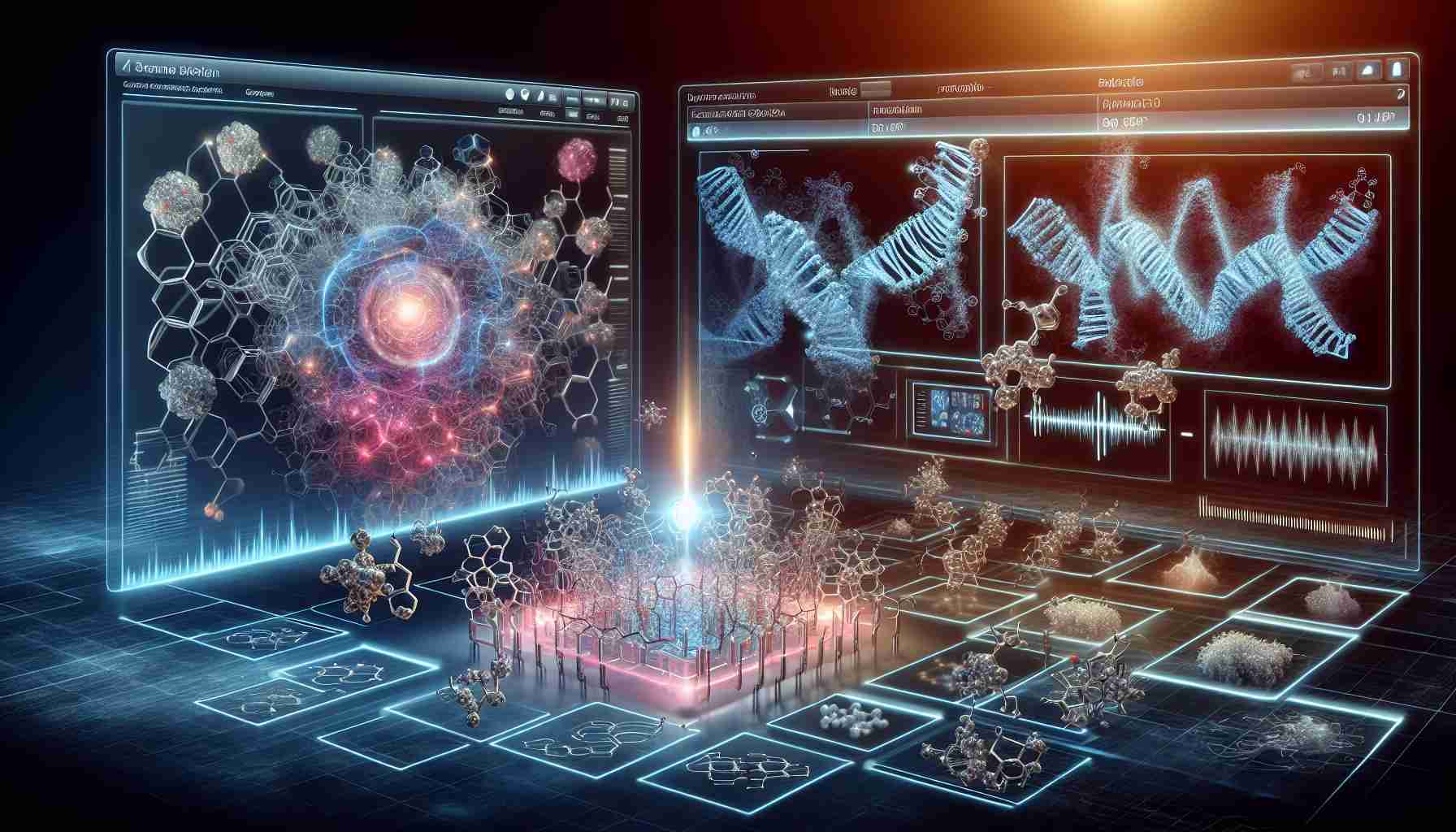In a groundbreaking discovery in the field of protein structure prediction, a team of innovative scientists has unveiled a new AI model that promises to revolutionize the scientific community’s understanding of biological mechanisms.
Using state-of-the-art technology, the team, led by pioneers in the field, introduced a game-changing AI model that showcases remarkable potential in predicting protein structures with unprecedented accuracy. This breakthrough has the potential to significantly accelerate the development of medical treatments and enhance researchers’ comprehension of fundamental biological processes.
The project’s lead researchers, along with their collaborators, were astonished when they received the prestigious acknowledgment for their remarkable achievement. The exhilarating news of their recognition sent waves of excitement through the scientific community, underscoring the importance of their cutting-edge work.
The newly developed technology has garnered widespread acclaim and is set to be made freely available to researchers worldwide. This move is poised to catalyze innovation and collaboration in the scientific community, fostering a dynamic environment where groundbreaking discoveries can flourish.
As we witness the dawn of a new era in scientific exploration, fueled by the limitless possibilities of advanced technology, it is clear that this momentous achievement marks only the beginning of a transformative journey towards unlocking the mysteries of the natural world. With this groundbreaking AI technology leading the way, the future of scientific discovery appears more promising than ever before.
Some additional facts, insights, and questions related to revolutionizing protein structure prediction through cutting-edge technology can enhance the understanding of the topic:
Key Questions:
1. How does the new AI model compare to traditional methods in predicting protein structures?
2. What data sources and algorithms are utilized in the cutting-edge technology for protein structure prediction?
3. What impact does accurate protein structure prediction have on drug discovery and disease treatment?
Key Challenges:
1. Validation: Ensuring the accuracy and reliability of the predicted protein structures.
2. Scalability: Handling large volumes of protein data efficiently and effectively.
3. Interpretability: Making the AI model’s decision-making process transparent and understandable to researchers.
Advantages:
1. Accelerated Research: Faster prediction of protein structures can speed up drug discovery and biomedical research.
2. Precision: Higher accuracy in protein structure prediction leads to better-targeted treatments and interventions.
3. Accessibility: Making the technology freely available can democratize access to advanced tools for researchers worldwide.
Disadvantages:
1. Overreliance: There may be a risk of over-relying on AI predictions without sufficient experimental validation.
2. Ethical Considerations: Ensuring responsible use of AI technology in research and avoiding potential biases in protein structure predictions.
3. Skill Gap: Researchers may require training to effectively leverage and interpret the results produced by the advanced technology.
For further exploration of the topic of protein structure prediction and AI in biological research, you may refer to the main domain of the Protein Data Bank known as RCSB PDB. This site provides extensive resources and information on protein structures, including databases and tools that researchers can use for their studies.


